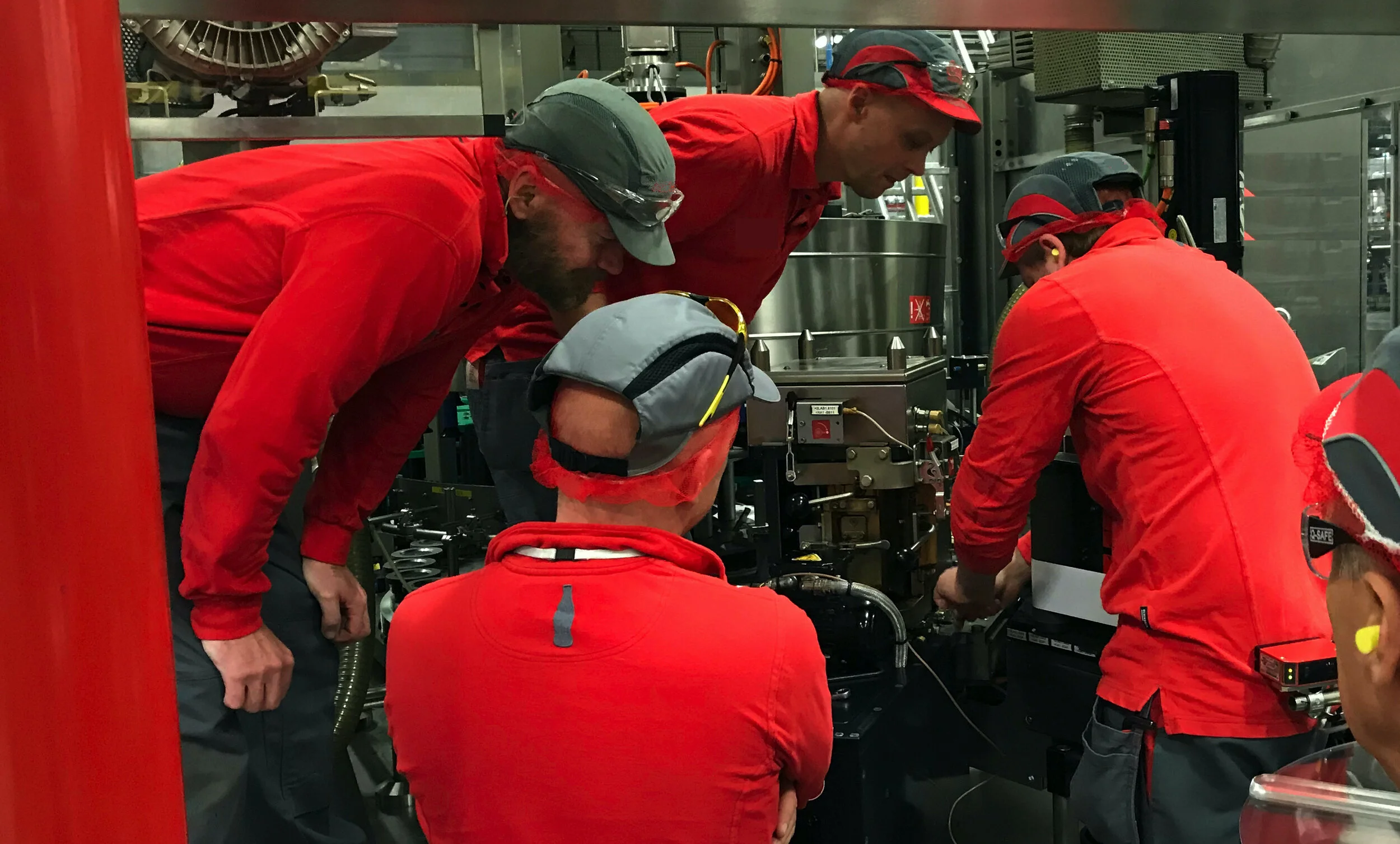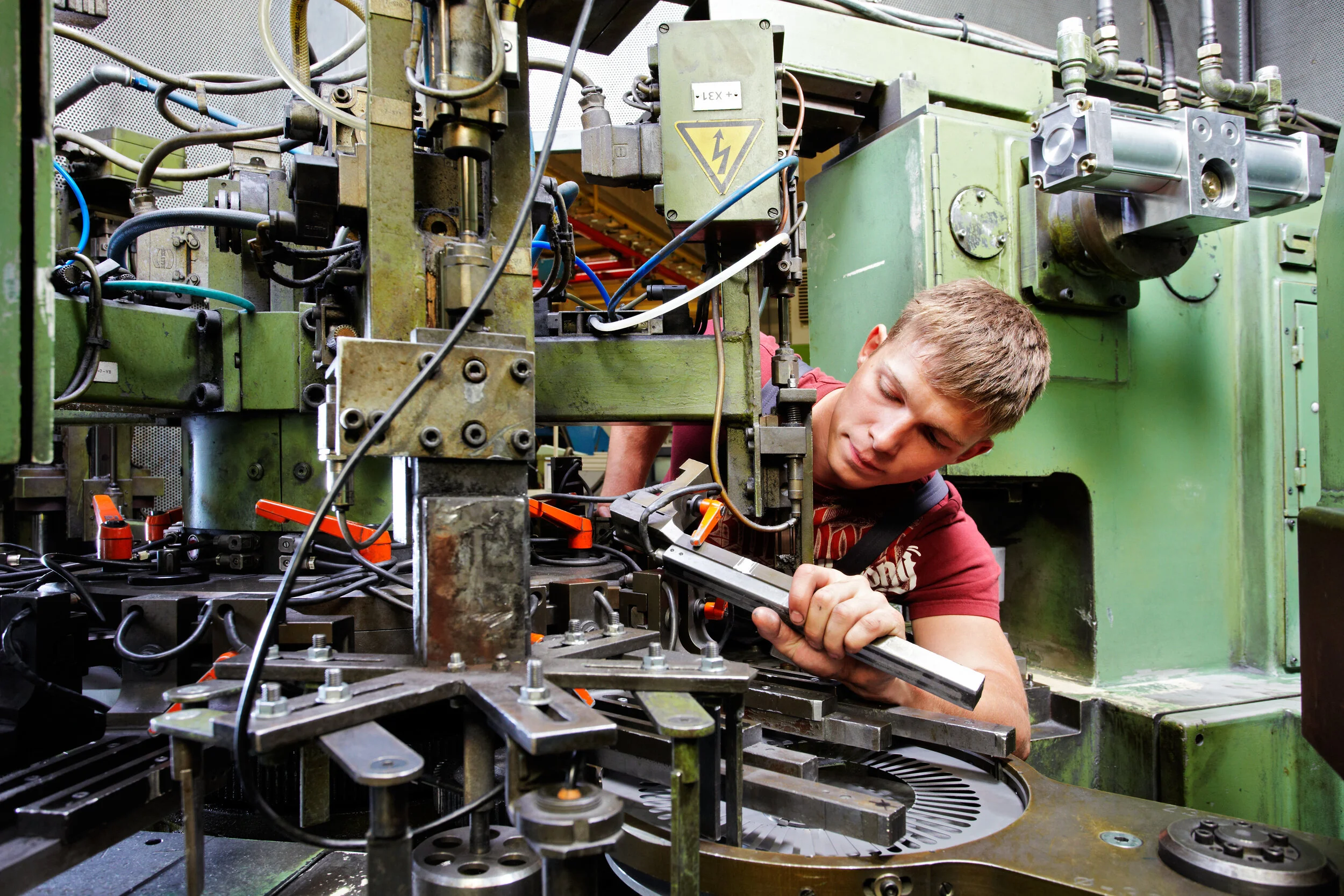Coaching Minute Videos
Coaching Minute Articles
Machine micro-stops are one of the classic “6 Machine Losses” taught as part of Total Productive Maintenance (TPS) or Kaizen training. As micro stops typically don’t catch the attention of management or maintenance they tend to linger, affecting line stability, output and safety, and frustrating operators.
This case-study describes how a typical sensor-related problem was investigated and resolved using a countermeasure that combines technical solution with a people-related one (using TWI Job Instruction).
Many problems occur only once in a while. The basic conditions are there all the time, but they require other things to happen at the same time for the problem to manifest itself. This makes them devilishly difficult to replicate and can be frustrating for teams engaged in Problem Solving or Total Productive Maintenance efforts.
Machine maintenance plays a key role in product quality. Inadequate machine settings, failing components, moving sensors or faulty adjustments are all major contributors to the Cost of Poor Quality in most factories.
One of the basic principles of Lean manufacturing (and Lean Service) is to make problems visible to ensure they can be solved. Paul’s sensei back in Japan used to tell him: “No problem is big problem”.
The real reason why we should train our people…. is perhaps not what you think! It certainly is different from what a lot of organisations do. In this article we explore the thinking of C.R.Dooley, the Director of the Training within Industry (TWI) Service during WWII. His guidance, though 75 years old, provides powerful pointers for leaders seeking a competitive edge in 21st century organisations…
The speed and quality of maintenance response are a key element of line stability and performance. How long it takes maintenance technicians to restore production and the rate at which problems recur after they have been ‘fixed’ determines machine availability and output.
Most lean initiatives involve a lot of talk about the need for standardised work. Without standardisation improvements won’t stick and processes and results remain variable. Basic stability is the foundation for rapid improvement: without it, advanced Lean and Six Sigma tools are likely to disappoint. So how do we get to basic stability?
What is TWI Job Methods? How can it be used ? How does TWI Job methods benefit you?
Dynamic capability, consistently improving faster than our competitors, creates competitive advantage. In times of great uncertainty and change, such as the Covid crisis, the ability to develop & deploy changes fast, could be even more critical.
Improving people skills - the ability to work with and get results through others - is central to developing dynamic capability. How can TWI Job Relations help with this?

Healthcare professionals are passionate about helping others. They come to work at their hospital every day to do good, not harm. But variation in the way the work is performed not only creates differences in patient service, but creates risk of mistakes and errors which ultimately can end up harming a patient or the healthcare worker. TWI Job Instruction helps hospital leaders and teams to standard behaviours for critical tasks and, with this, reduce the risk of people getting hurt.

Liberate your Supervisors to do improvement work: create a Self-Running Process with TWI Job Methods

Suggestion systems often do not yield significant engagement or better operating results. Few ideas are generated and implementation is slow. A better way of involving front-line workers is to develop their skill in observing processes and questioning the details of the work method. TWI JOB METHODS is a great starting point, which allows organisations to generate, test and implement many more and better improvement suggestions in a shorter time.

Lean and Operations Excellence is all about improving faster than our competition. This requires us to unleash the creative contribution of our supervisors and front-line employees. Training within Industry skills training and coaching enable managers to rapidly build dynamic capability in their organisations by developing supervisor and team problem solving skills and involving everyone in continuous improvement.

Machine moves don't differentiate us from our competitors. Attention to detail does. Organisations that pay attention to details develop a unique capability. If our entire workforce pays attention to detail, we race ahead of our competition. The Training within Industry Supervisor training programs (incl. TWI Job Methods, TWI Job Instruction, TWI Job Relations, TWI Problem Solving) enable from-line leaders to recognise and leverage those details that matter the most to improving operations performance.

High-performance supervisors are able to do effective problem solving at three levels: containment, countermeasure and raising standards. Companies can develop these skills and improve performance rapidly through two of our Supervisor Academy training programs: Leader Standard Work and TWI Problem Solving.

GEMBA WALKS are often incredibly wasteful AND they don’t deliver. The practice is solid, but the execution - more often than not - awful. This is what happens when "Lean Experts" having read or heard about a tool or practice go ahead with implementation without figuring out the WHY, WHAT and HOW it should be done. It’s time to tweak OUR GEMBA WALKS so they can drive results & re-engage leaders.

TWI Problem Solving develops the critical supervisor skill of solving operations problems quickly & sustainably. TWI PS is much more effective than a lot of other problem solving training programs. It enables supervisors to identifying and remove the true causes - process or people-related - of operations problems.

Supervisor Academy was created to help senior managers improve operations results faster. When results stagnate, Lean / Operations Excellence / Problem Solving don’t deliver improvement fast enough - then it’s time to get a coach. Someone to help us question what has served us well, change what is now taken for granted. We help companies accelerate improvement.











Bright Spot Cloning using TWI Job Instruction often leads to faster, better results than traditional Problem Solving